|
I found a fun cherry print jelly roll several years ago, but like so many things, it was put away in a safe place and found again much later. I saw a quilt project I liked and I thought it would be easy to replicate it from the printed page and make it with this jelly roll bundle. I'm not sure how I did it but I got things a little mixed up and while it is similar to the project I saw, it is much different. I have only made one but I wrote notes and took pictures so I could share it with you. If you would like to make this quilt, this is what you need for one quilt that measures 56" X 96": 1 Jelly Roll and 3 yards of background fabric-for a quilt without borders. If you want to put borders on the quilt, add the amount you need for the border to your materials. Cutting: Cut each of your jelly roll strips into (4) 6.5" rectangles and (4) 2.5" squares. Cut your background fabric into (11) 2.5" strips and (11) 6.5" strips. Sewing: Sew all of your 2.5" jelly roll squares to your 6.5" background strips and all of your 6.5" rectangles to your 2.5" background strips. Press the seams toward the jelly roll fabric. Cut each of your strips into 2.5" X 8.5" rectangles. You will have 168.Sew all of these strips together to make a 4.5" X 8.5" rectangle as shown. Be sure the background 2.5" square is on the top of the strip and sew on the right side of the strip. To make your quilt block, Sew your units together. Sew y0ur blocks together with 7 rows of six blocks.
0 Comments
I am moving my blog to this site. I began blogging in 2013 using Blogger. You can find the blog Here. Blogger was a great way to get started and I loved meeting people through linky parties and comments. Because it was so easy, I was a little afraid to try this format. So, here goes....
You will find quilting and sewing ideas here. I also have a few things to sell and you can find what your looking for with the buttons at the top of the page. I have been collecting free patterns posted by fabric companies over the years, and you can find them using the "Free Patterns" button. Let me know if you try any of them. |
AuthorHello and Welcome! My name is Kathi and I've lived in Alaska forever. I love to sew and craft the long winter nights away. CategoriesArchives |
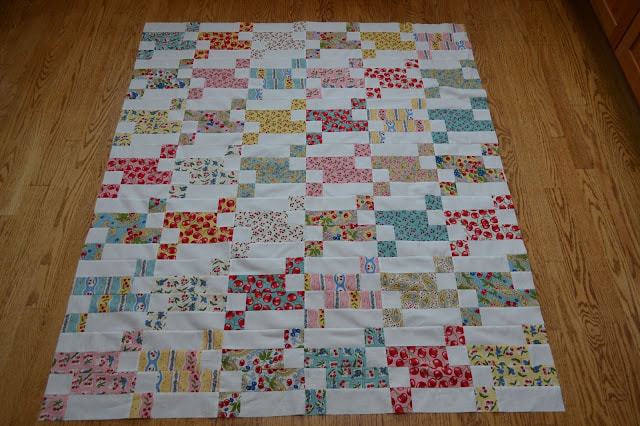
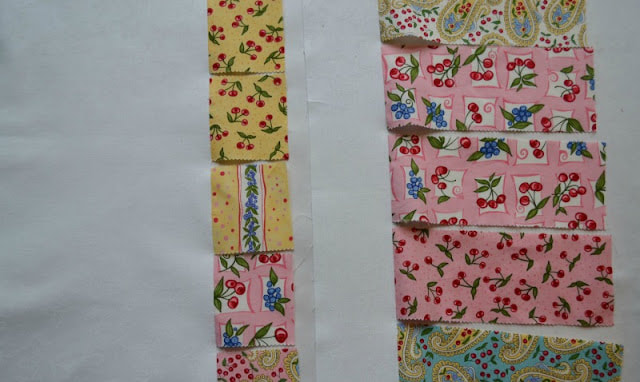
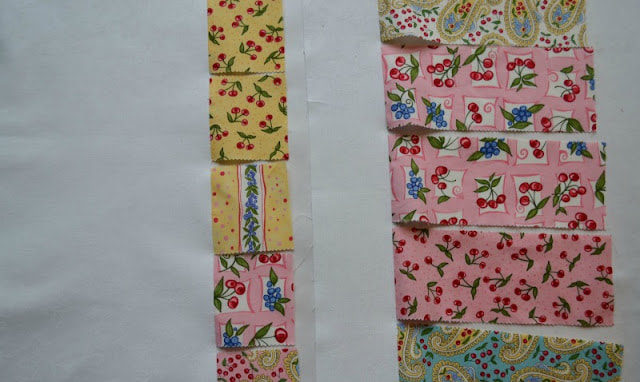
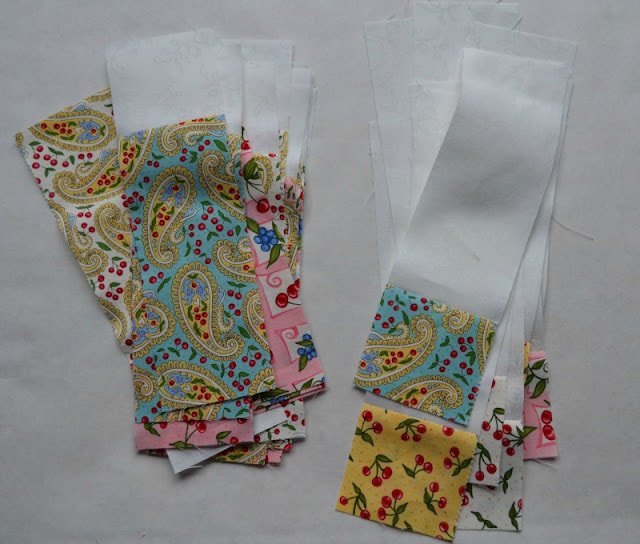
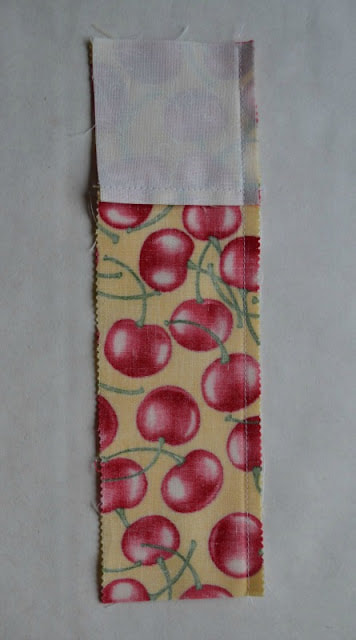
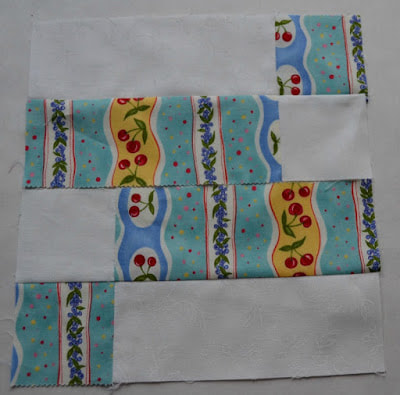
 RSS Feed
RSS Feed